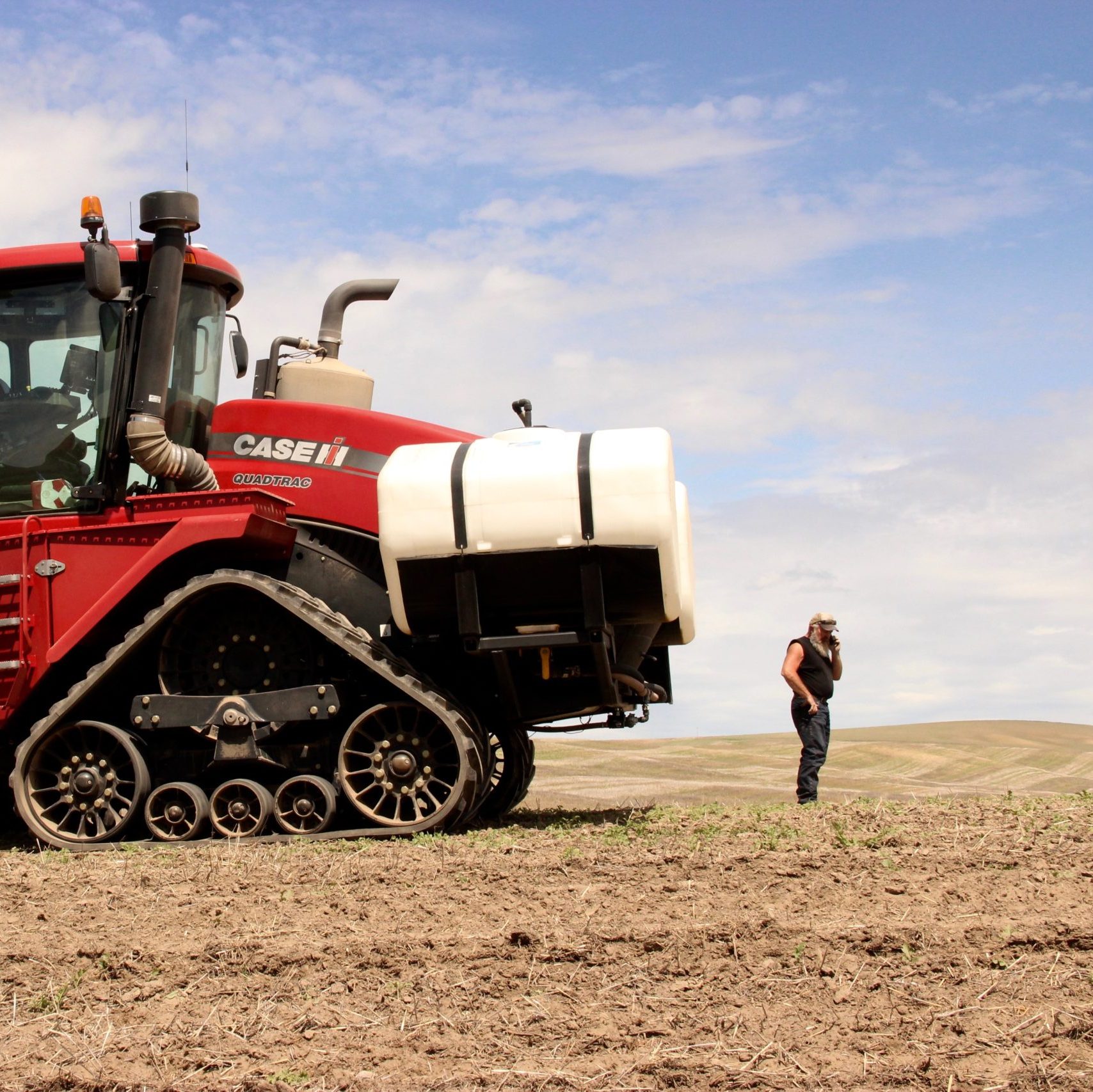Using Data to Make Farm Management Decisions. Who should be reviewing the data?

Farmers make decisions every day, and each one has a price. Monetary or not. Small decisions and big decisions. Decisions that cost $5 and decisions that cost $500,000. So how do farmers consider each factor that goes into making those decisions?
They might base their decision on what is currently known and observations they can gather. Did it rain in the last week, if so, how much? Should I plant this variety of wheat or the other? Typically, they ask themselves questions such as these before they can diagnose and make a decision on what to do.
But what happens when they don’t have answers to their questions? When they are only 84% sure of what they should do. This uncertainty can be frustrating. So, they might look to other people or resources to help them gather more information, assisting them in making informed decisions.
Farmers can use resources, like data, to paint a better picture and provide details surrounding the topic they are trying to make a decision on.
Finding data to make a decision
Most farmers are collecting data and they don’t even know it. From the tractor when they seed to the combine when they harvest. However, most shockingly and/or important is that some farmers don’t know what kind of data they are gathering and what to do with that data.
It would be good to sit down, sift through, and understand that data. However, farmers wear many hats and are always busy. Most don’t have the time to look at the data they have collected. If they do have time, it’s probably in the winter months, which might not be the time that they need the data to make a decision anyhow.
Yet, even if they do review the data, many farmers might not understand what it all means and what recommendations could be made. Having a third-party company or representative to review the data and provide recommendations, could be very helpful.
Most third-party representatives are like an employee of the farm because they are providing their expertise and suggestions in making the best decision possible at the time. They are understanding the information and making an impact on what farmers do in their fields.
But is that the best option? The farmer might not even look at the data collected, only the representative does. Providing recommendations in which all factors are not considered. There might be information that the representative is not considering.
I believe the one person who makes the end-all-be-all decisions on the farm (the farmer) needs to be the one who can not only look at the data but fully understand it and make decisions based on it. They are the ones who experienced the issue and therefore, should be the ones who are examining the details of what happened so they can make the best-informed decisions for their farm.
In graduate school, one of my Ph.D. advisors would always stress the idea that to make inferences about your data, you need to be intimate with the data. Ultimately, my advisor meant that you need to know what your data looks like at a small level so that you can make big level decisions. Stressing the idea that the only individual who collected the data is the one who can truly understand it from all angles, and be able to make the best recommendations based on it.
That statement makes sense in supporting my idea that the farmer should fully understand their data. The farmer was the one in the field at the time the crop was planted. They saw and experienced what was happening at the time the tractor broke. They saw the external and outlying factors that contributed to the issue. Yes, the data may say one thing, but the farmer saw other factors with his/her own eyes. Those external factors can have a greater impact on how you view the data than you think and are very important to consider.
Although I believe the farmer should be the one who knows the data like the back of their hand, making recommendations from the data is a group effort. Each person has a hand in making decisions, including the representatives that farmers trust. Farmers have to use their resources and peers to help them.
How it works in reality
In the article “Technology is…Harvesting Field Data” in the 2021 August/July issue of Farm Journal magazine, they found that 43% of farmers surveyed said that their data is helping them make management decisions on their farms. Similarly, 43% of farmers said it is helping them make decisions, but that they haven’t seen the payoff or benefits yet.
This makes me wonder where or how this data can be used to further assist farmers so that they can see an economic benefit. How can that data be of visible benefit? Will it become visible 5, 10, or 30 years down the road? Are there incentives or a direct economic benefit to collecting data right now?
I think it might be safe to assume collecting data like this is good, that it will pay off. Return on investment is a major piece of the farm management puzzle. I think collecting data is a start, but a farmer must look at the goals of their farm. Then they can think about the type of data they want to collect and if putting effort into understanding the data will help them reach the goals on their farm.
Reference
Technology is… Harvesting Field Data. Take your digital strategy to the next level